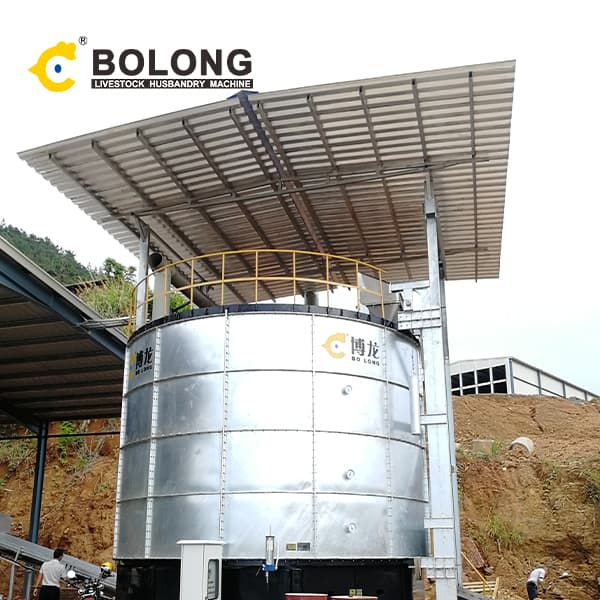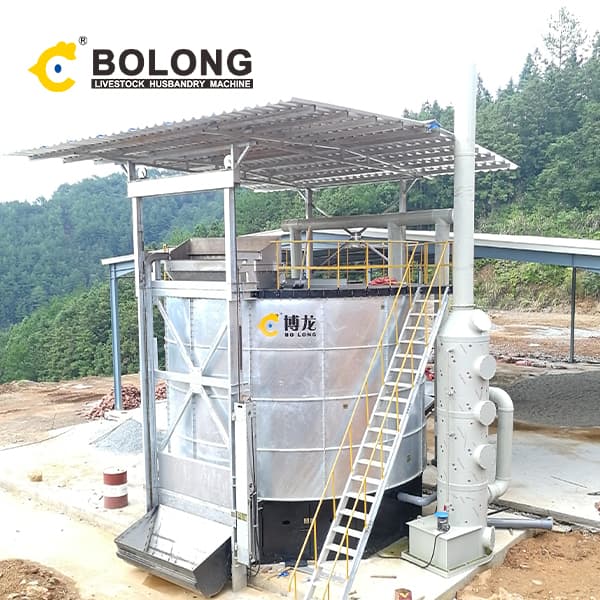
2015/9/1/ · This work focused on the lactic acid production from acidogenic fermentation of fruit and vegetable wastes treatment. A long term completely stirred tank reactor (CSTR) lasting for 50 days was operated at organic loading rate (OLR) of 11 gVS/ (L d) and sludge retention time (SRT) of 3 days with pH controlled at 4.0 (1–24 day) and 5.0
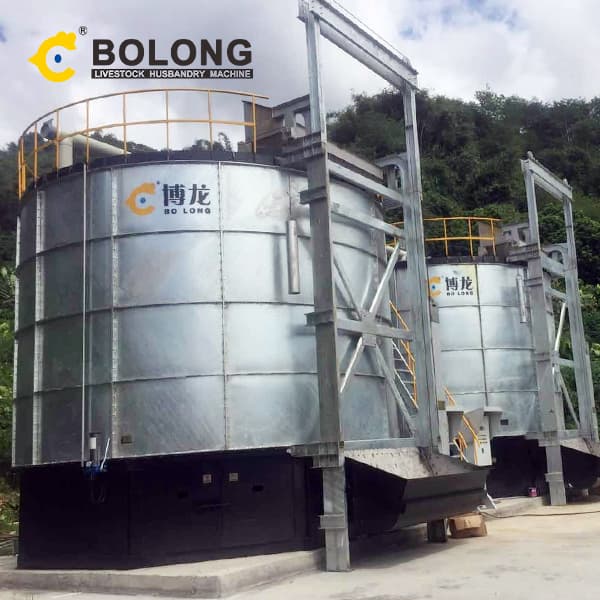
Fermentation kinetics, i.e., the rate of sugar consumption and ethanol or CO 2 production, depend on interactions between yeasts, the availability of nutrients in the must and parameters controlling fermentation (e.g., temperature). Optimizing the control of alcoholic fermentation for winemaking is a difficult challenge.
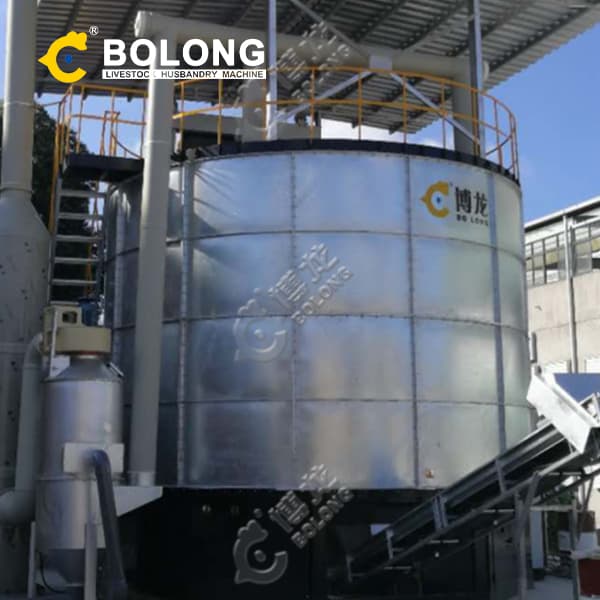
2023/4/1/ · The continuous DF of FVW was evaluated using a polyvinyl chloride fermenter with a total volume of 1.25 L (0.55 L head space) and equipped with a pH control device (BSV, Spain), a pH probe (HO35-BSV01, Spain), gas & liquid sampling ports, and a continuous gas-flow meter (Fig. 1).The fermenter was continuously operated for 47 days,
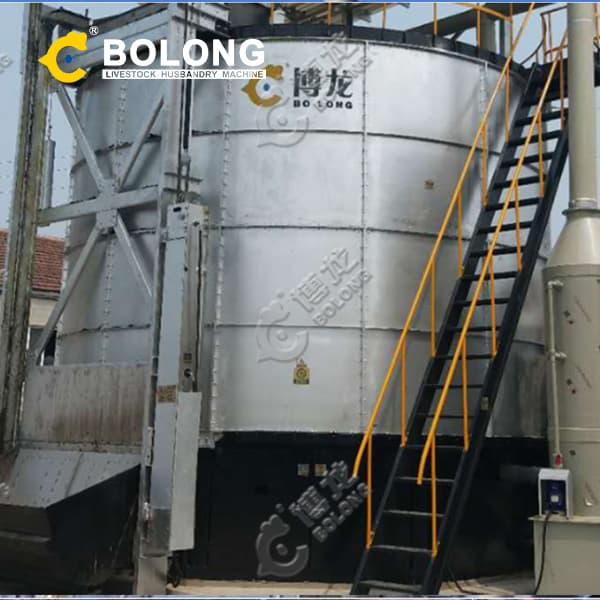
2021/6/2/ · Abstract. This research aimed to evaluate in vitro organic matter digestibility, fermentation characteristics and methane production of fruit and vegetable discards processed by solid state fermentation (SSF) by Rhizopus sp. Mixtures were composed of approximately 28% citric fruits, 35% other fruits and 37% vegetables. Fruit and
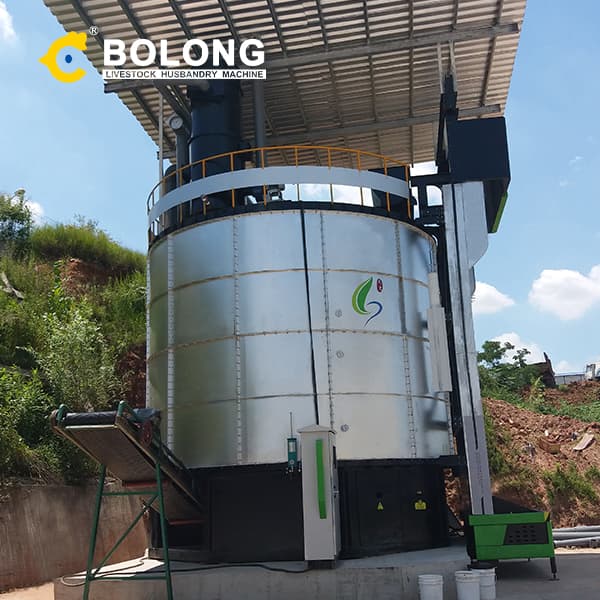
2021/10/20/ · 4. High-Value Added Compounds from Fruit Waste and Biological Properties. Fruit waste and by-products from their manufacturing represent a precious source of high added-value compounds (e.g., primary and secondary metabolites) to be extracted and valorized in the context of circular economy and environmental impact
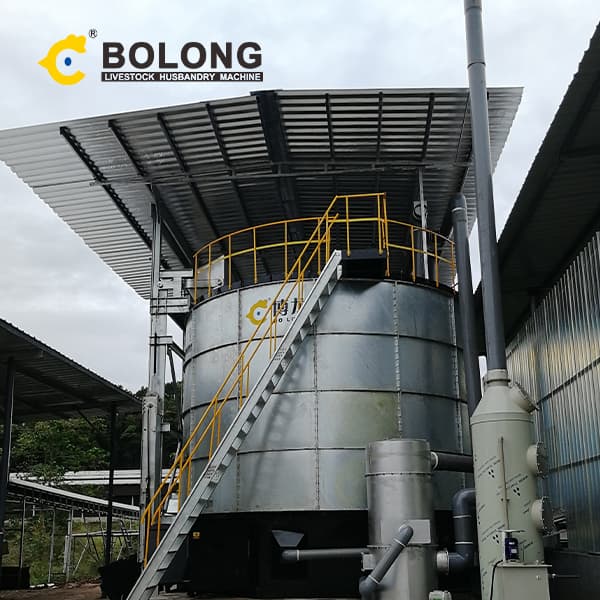
2023/4/17/ · The Brewing Process. Before we explore the ins and outs of 100bbl fermentation tanks, it’s essential to understand the beer brewing process. Here’s a brief overview of the steps involved: Mashing. First and foremost, mashing takes center stage. In this crucial step, brewers mix milled grain with water, creating a mash.
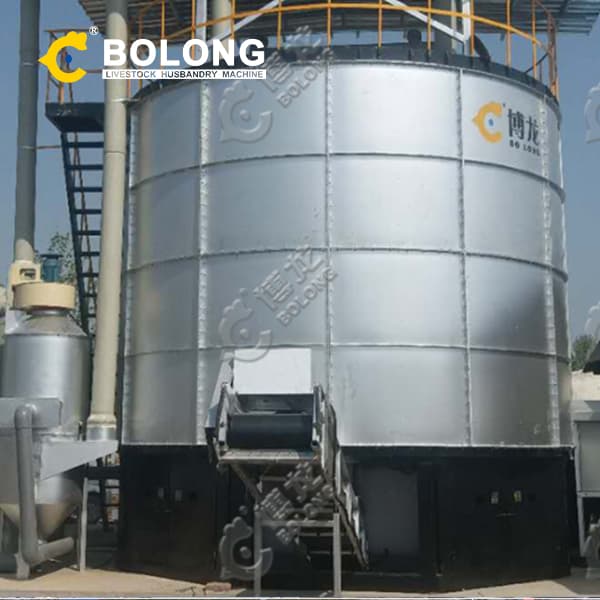
The 65L Stainless Steel Conical Fermentation Tank is an excellent choice for home brewing enthusiasts looking for a convenient and versatile fermenter. Pros. Made of
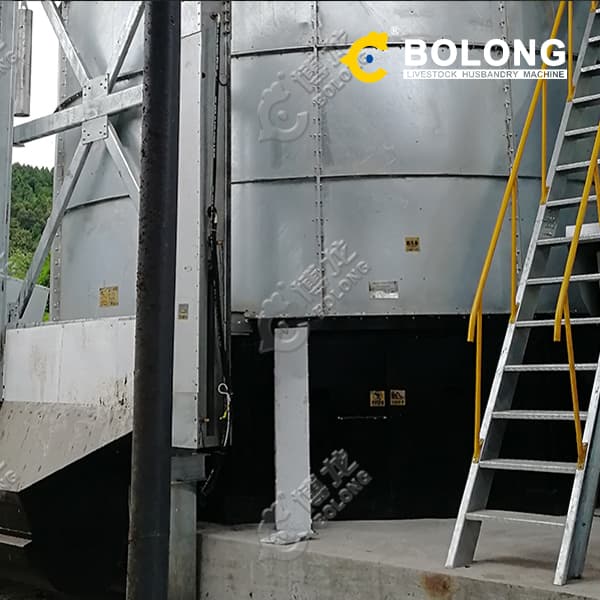
2019/12/1/ · Samples pretreated with 0% NaOH were subjected to microbial hydrolysis which showed an increase in reducing sugar of the samples. At the end of the experiment, a bioethanol yield of 5.98 ± 1.01 g
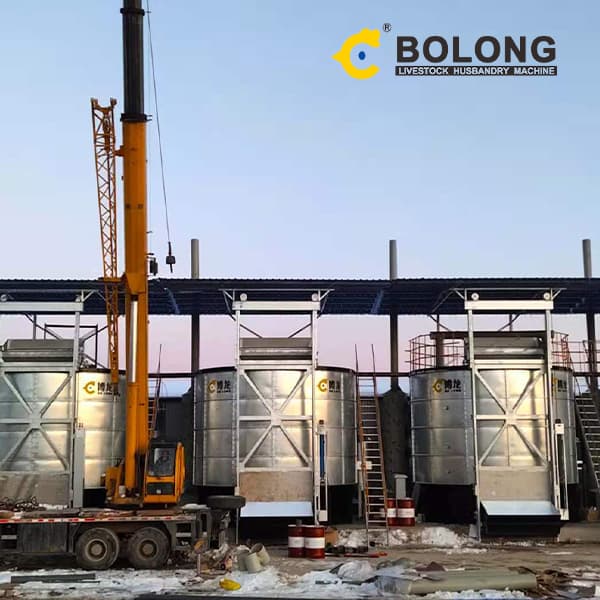
2023/12/21/ · Role of Temperature-Controlled Tanks: Precision and Consistency: Temperature-controlled tanks offer winemakers the ability to precisely regulate and maintain fermentation temperatures. These tanks
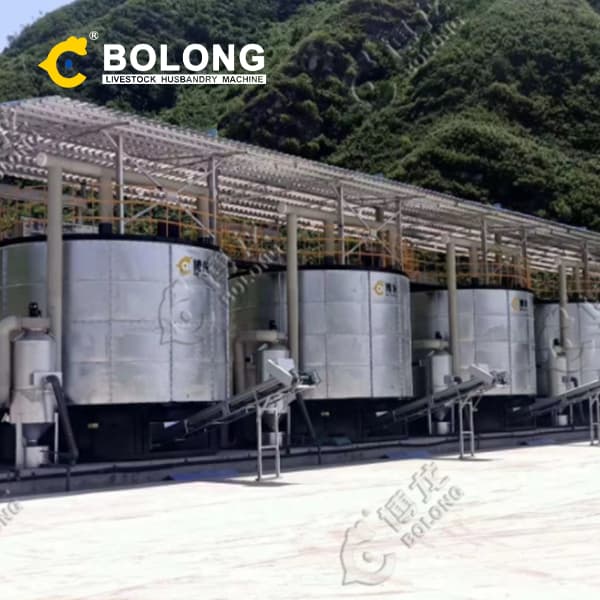
The abundance of organic solid waste throughout the world has become a common issue that needs complete management at every level. Also, the scarcity of fuel and the competition between food and substance as an alternative to a petroleum-based product has become a major problem that needs to be properly handled. An urge to find renewable
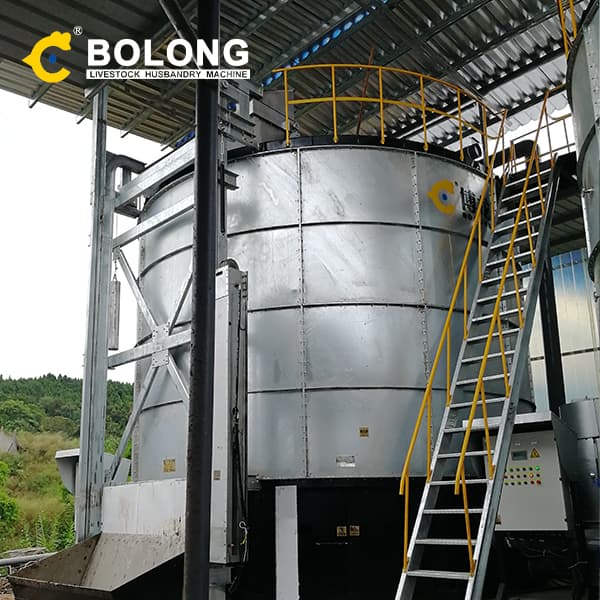
2016/7/27/ · The d ate. is rich in biodegradable sugars, providing bioethanol after fermentation during 72 h at 30°C in the. presence of Saccharomyces cerevisiae yeast and the distillation of date’s juice
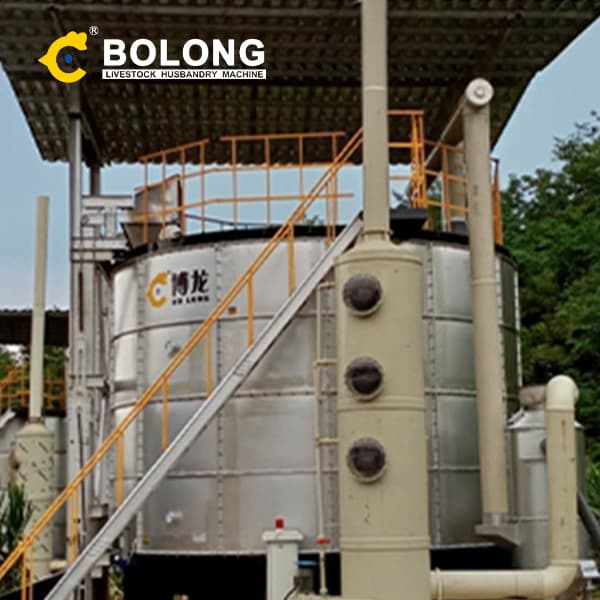
2024/1/10/ · Steel tank fermentation is a crucial phase in winemaking where grape juice transforms into wine. Through the vigilant control of fermentation variables, stainless steel tanks offer winemakers precision and consistency. This can lead to wines that are crisper and more fruit-forward, as stainless steel tanks provide a neutral environment
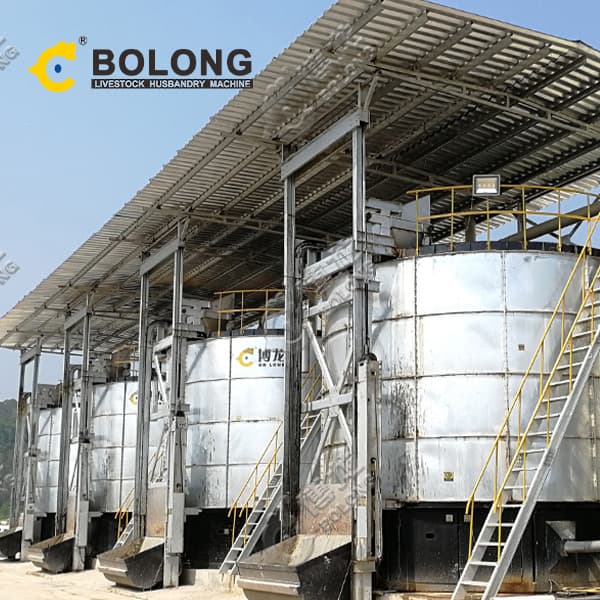
2024/1/19/ · Beer fermentation is a critical step in brewing where yeast converts sugars into alcohol and carbon dioxide. Proper temperature control, agitation, and yeast health optimization during fermentation ensures high quality, consistent beer output. Special fermentation tanks are used to provide optimum conditions for yeast activity.

2023/9/29/ · Biophotolysis and dark fermentation approaches can be used to produce biohydrogen from waste. Dark fermentation is preferred due to higher production rates, ability to produce hydrogen in absence of light and availability of source materials . Fruit waste can be heated from 60 to 80 °C to kill the microbiota from the substrate .
